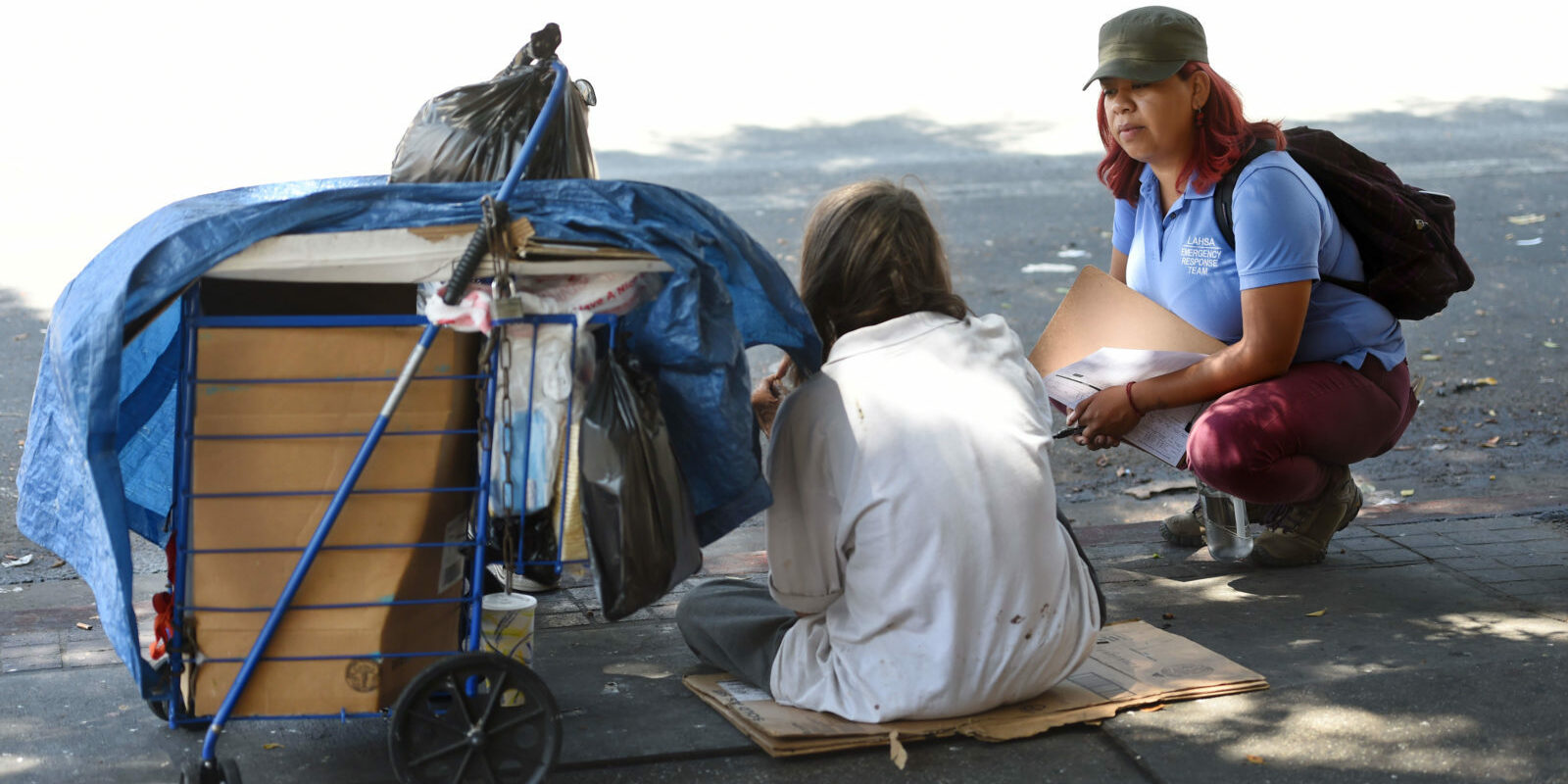In a survey conducted earlier this year, 97 percent of Los Angeles County voters said homelessness was a serious problem and 63 percent said they thought it was getting worse. These results shouldn’t surprise anyone who lives in L.A. and can see how extensive our homelessness problem has become in recent years. But what is surprising—and exciting—is what people think should happen next.
90 percent of people rejected the idea that homelessness is someone else’s problem.
In the same survey, 90 percent of people rejected the idea that homelessness is someone else’s problem, signaling a shift away from how L.A. and many other cities have traditionally dealt with homelessness—by pushing it into “someone else’s” backyard or community. But it’s obvious that this approach doesn’t work and, with a homeless population large enough to be its own city, there is nowhere else to go.
Last year, homelessness increased in every part of the city and county, and every area has its own population of homeless residents. According to the 2017 homeless count, which covers all of L.A. County except for Glendale, Long Beach, and Pasadena, every service area saw an increase in homelessness. Antelope Valley and East L.A. both saw a 50 percent increase, and all but three City Council districts within the city of Los Angeles saw an increase in homelessness.
L.A. County residents are recognizing that homelessness is too widespread to contain to one area and that every neighborhood, district, and city needs to do its part to bring everyone inside for good. In 2016, we voted in a measure to tax ourselves and fund supportive services by some of the widest margins ever. Now, we’re seeing those funds used to coordinate efforts across the county and support a comprehensive plan that brings together every agency, city, district, neighborhood, and community across L.A.
For example, last month Santa Clarita received a grant to start working on its own plan to address homelessness and elected officials in Lancaster were able to use funds to keep an emergency shelter open during winter months.
While elected officials and service providers have the most immediate access to requesting these funds, individual members of each community play a critical role and there are many opportunities to support the countywide plan to end homelessness from wherever you are. Here are a few options:
- Learn more about the plan to end homelessness on our website
- Volunteer at a local homeless shelter or with a local services provider in your area
- Contact an elected official in your city or district and ask what they’re doing to support the plan to end homelessness
- Go to a Neighborhood Council or City Council meeting where homelessness is being discussed and advocate for proven solutions like supportive housing
- Talk to one of your neighbors or co-workers about how you can be a part of the solution to ending homelessness in L.A.
Whatever you do, tweet us with the #EveryoneIn hashtag and let us know how you’re playing a part in the coordinated effort to end homelessness across L.A. or how your community is stepping up.



